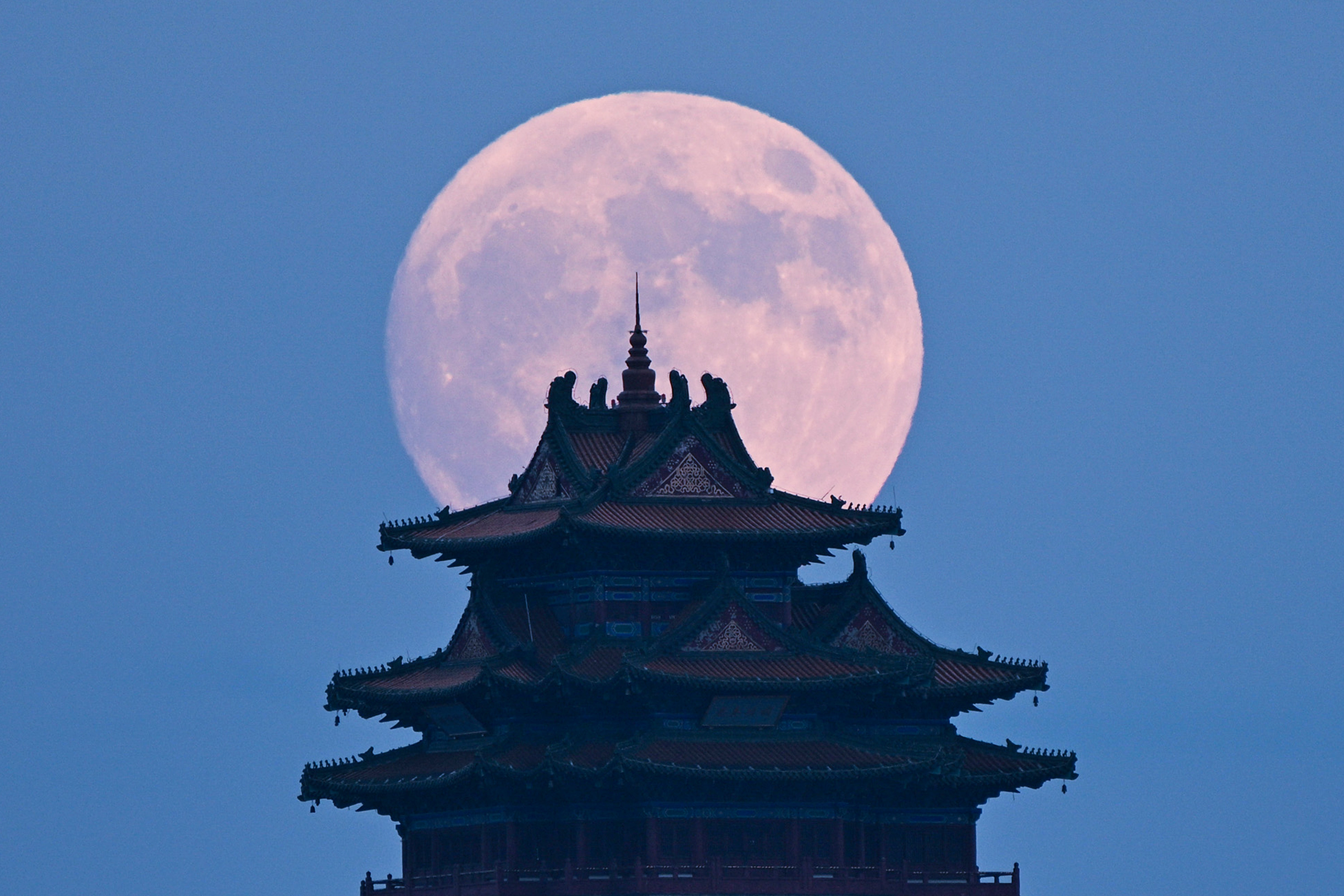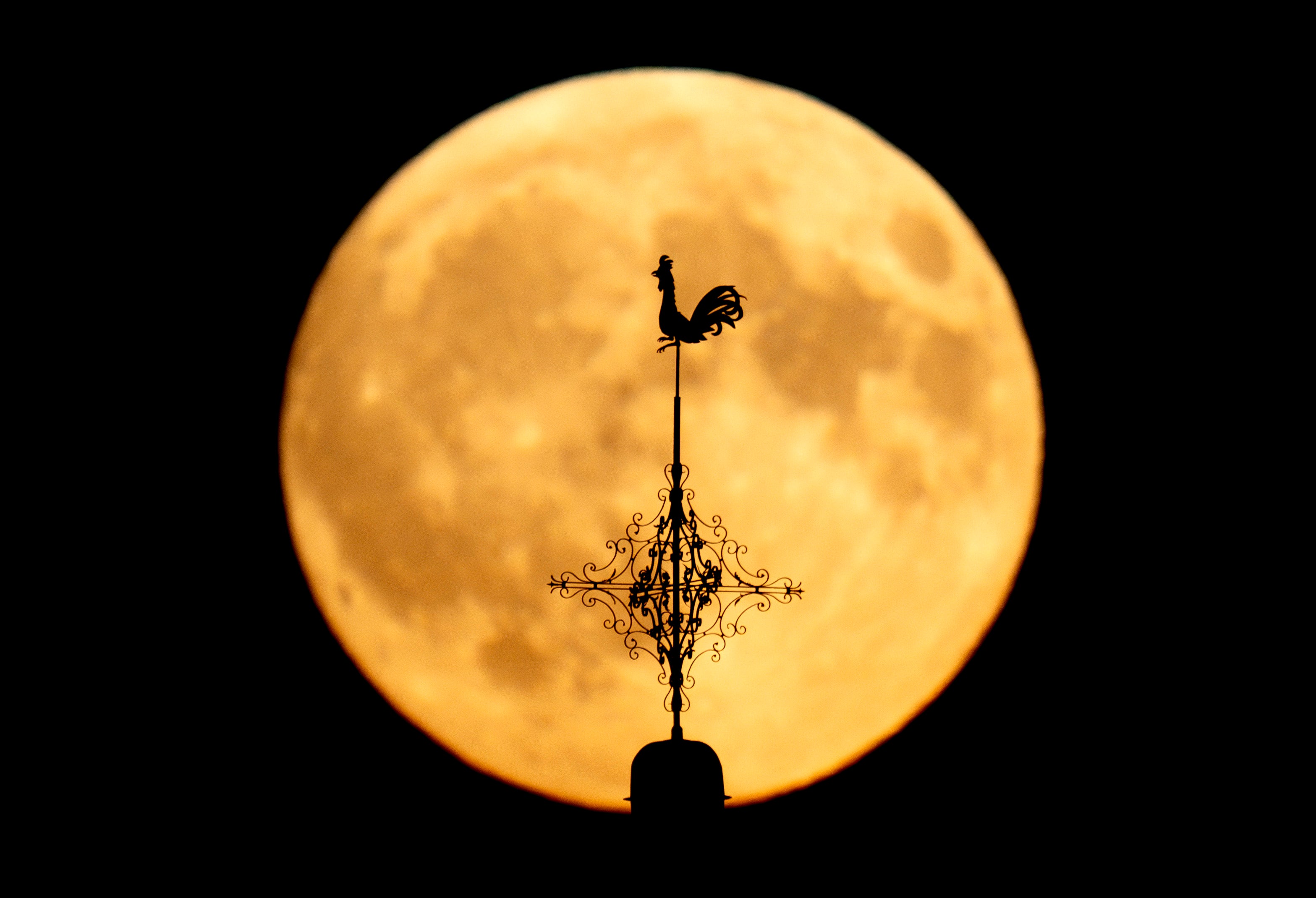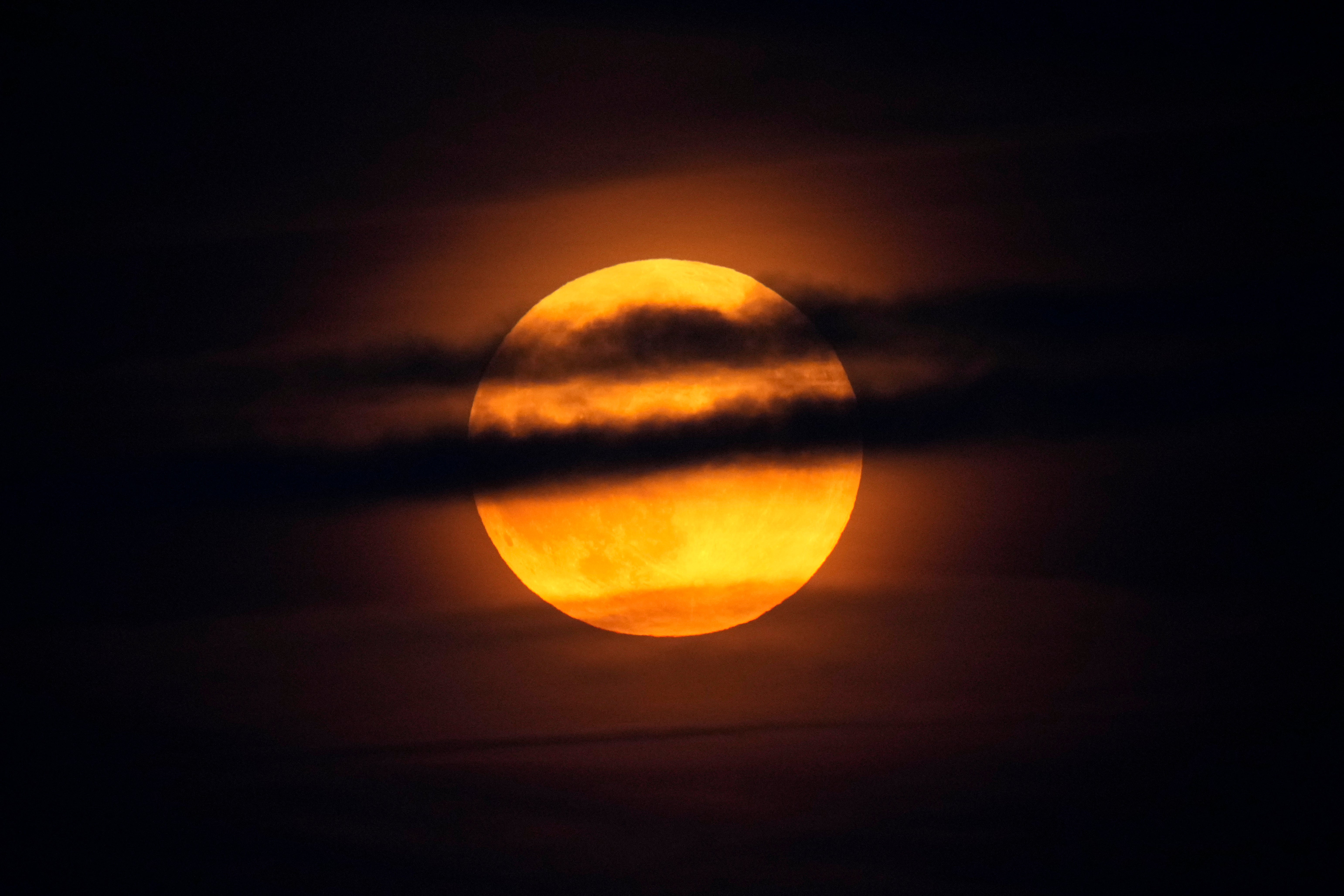Stunning photos show rare partial lunar eclipse of supermoon which was spotted across UK skies
The supermoon was most clearly sighted in the UK and the US, but stunning pictures were shared from across the world

Your support helps us to tell the story
From reproductive rights to climate change to Big Tech, The Independent is on the ground when the story is developing. Whether it's investigating the financials of Elon Musk's pro-Trump PAC or producing our latest documentary, 'The A Word', which shines a light on the American women fighting for reproductive rights, we know how important it is to parse out the facts from the messaging.
At such a critical moment in US history, we need reporters on the ground. Your donation allows us to keep sending journalists to speak to both sides of the story.
The Independent is trusted by Americans across the entire political spectrum. And unlike many other quality news outlets, we choose not to lock Americans out of our reporting and analysis with paywalls. We believe quality journalism should be available to everyone, paid for by those who can afford it.
Your support makes all the difference.An extremely rare partial lunar eclipse of a supermoon was visible overnight to the delight of stargazers across the world.
Two lunar phenomena merged on Tuesday night, leading to a red tinted moon moving across the sky.
A supermoon occurs when the moon appears 30 per cent brighter and 14 per cent bigger in the sky. It is when the Moon is at its closest point to Earth in its orbit.
The partial eclipse was on show at its fullest on Tuesday night and will also be seen for the next few nights.
A similar event is not expected to happen again until August 2026.
The supermoon was most clearly sighted in the UK and the US, but stunning pictures were shared from Latin America, Europe and Africa, as well as parts of Asia and the Middle East.
This month's full moon is known as the Harvest moon and it is the second of four supermoons this year.
Here are some of the best pictures from around the world:





The moon was at its brightest in the UK at around 3.45am on Wednesday morning but could also be seen behind landmarks in the US, Russia and China.
The full moon has a slight red tint as it passes through Earth’s shadow because the light from the Sun passes through Earth’s atmosphere.
“A lunar eclipse occurs at full Moon, and when the shadow of the Earth falls on the Moon. The Earth’s shadow as viewed from the Moon is actually much bigger than the Moon itself, so a lunar eclipse can last a long time and be seen by a whole hemisphere on the Earth,” Don Pollacco, a professor of physics at the University of Warwick, previously told The Independent.
“The shadow of a planet produces an umbral and penumbral shadow depending on the location of the planet and the Sun. The darkest eclipses occur when the Moon moves through the Earth’s umbral shadow.
“A penumbral eclipse occurs as the moon moving through the penumbral shadow of the Earth. In these cases, the darkening of the moon is usually quite difficult to spot, as some of the Moon is still being illuminated by the Sun.”
Join our commenting forum
Join thought-provoking conversations, follow other Independent readers and see their replies
Comments